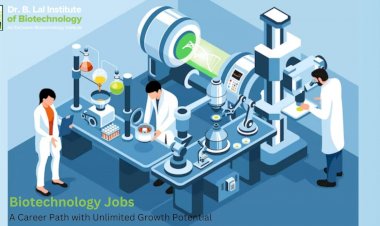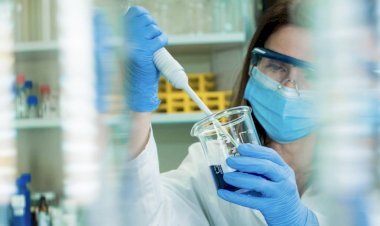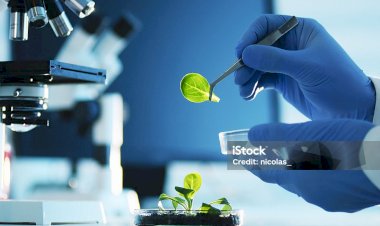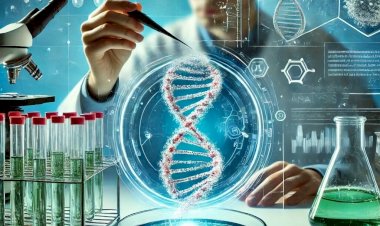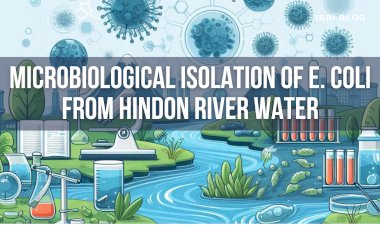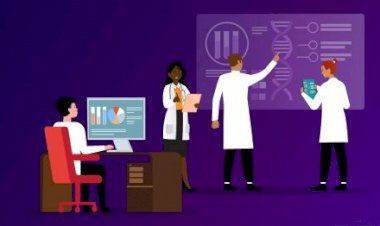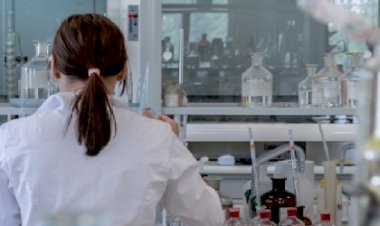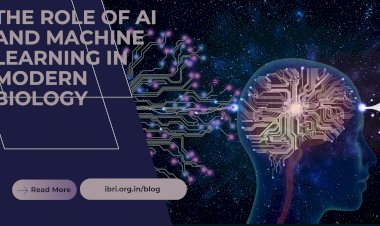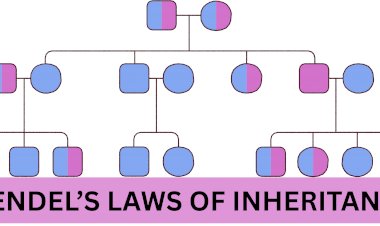ELISA: A Critical Analytical Tool in Immunodiagnostics and Research
This blog provides an in-depth overview of the Enzyme-Linked Immunosorbent Assay (ELISA), covering its principle, workflow, key formats, and wide-ranging applications—from infectious disease diagnostics and hormone analysis to vaccine development and food safety testing. Learn how ELISA works, its strengths and limitations, and why it remains a cornerstone method in modern molecular biology and immunodiagnostics.

The Enzyme-Linked Immunosorbent Assay (ELISA) represents a cornerstone technique in immunology and molecular diagnostics. Developed in the early 1970s as a safer and more quantitative alternative to radio-immunoassays (RIA), ELISA has since become a ubiquitous method for detecting and quantifying biomolecules such as proteins, peptides, hormones, and antibodies. Its utility spans clinical diagnostics, vaccine development, therapeutic monitoring, and basic biomedical research.
Principle of ELISA
ELISA is based on the specific interaction between an antigen and its corresponding antibody. The assay typically involves immobilization of the antigen (or antibody) onto a solid surface, usually the wells of a 96-well polystyrene microtiter plate. Detection is facilitated by an enzyme-conjugated secondary antibody, which, upon addition of a suitable chromogenic or fluorogenic substrate, yields a quantifiable signal—most commonly a colorimetric change measured via spectrophotometry.
Signal intensity is directly or inversely proportional to the analyte concentration, depending on the format employed. The enzyme-substrate reaction is stoichiometrically linked to the antigen-antibody interaction, enabling the generation of standard curves for precise quantification.
ELISA Workflow
The typical ELISA procedure encompasses several critical steps:
- Coating Phase: The capture molecule (antigen or antibody) is adsorbed onto the well surface, facilitated by hydrophobic interactions.
- Blocking: Unbound sites are saturated with a blocking buffer (commonly BSA or casein) to reduce nonspecific binding.
- Sample Incubation: The sample containing the target analyte is added and allowed to bind to the capture molecule.
- Detection: A detection antibody, conjugated to an enzyme such as horseradish peroxidase (HRP) or alkaline phosphatase (AP), is introduced.
- Signal Development: Upon substrate addition (e.g., TMB for HRP), a measurable product forms, the intensity of which correlates with analyte concentration.
- Readout: Absorbance is measured using a microplate reader, typically at 450 nm (for TMB).
Variants of ELISA
Different ELISA formats are employed based on the nature of the analyte, the specificity required, and the complexity of the sample matrix:
- Direct ELISA: Involves labeling the primary antibody with an enzyme. This format is rapid and involves fewer steps but offers lower signal amplification and sensitivity.
- Indirect ELISA: Utilizes an unlabeled primary antibody and an enzyme-linked secondary antibody. It provides enhanced sensitivity due to signal amplification via multiple secondary antibodies binding a single primary.
- Sandwich ELISA: Employs two monoclonal antibodies specific to distinct epitopes on the target analyte. This format is highly specific and sensitive, ideal for quantifying low-abundance analytes in complex matrices such as serum or cell lysates.
- Competitive ELISA: Designed for small molecules with single antigenic determinants. In this format, sample analyte competes with a labelled reference for limited binding sites, resulting in an inverse signal response. It is commonly used for hormone or drug level quantification.
Applications of ELISA
ELISA has broad applicability in both clinical and research settings:
- Infectious Disease Diagnostics: Detection of viral or bacterial antigens (e.g., HIV, HBV, SARS-CoV-2) or host antibodies.
- Immunology and Allergy Testing: Measurement of cytokines (e.g., IL-6, TNF-α), immunoglobulin classes (IgG, IgM, IgE), and autoimmune markers.
- Endocrinology: Quantification of peptide and steroid hormones such as insulin, cortisol, and estradiol.
- Pharmacokinetics and Toxicology: Monitoring drug levels, metabolites, and immune responses to biologics.
- Food Safety and Environmental Testing: Identification of allergens, toxins (e.g., aflatoxin), and microbial contaminants.
- Vaccine Development: Assessment of antigen-specific immune responses in preclinical and clinical trials.
Advantages of ELISA
ELISA offers several advantages over alternative immunoassays:
- High analytical sensitivity and specificity
- Capability for absolute quantification using standard curves
- Suitability for high-throughput screening
- Cost-effectiveness and relative procedural simplicity
- Compatibility with automation and multiplexing platforms (e.g., ELISA arrays)
Limitations and Considerations
Despite its robustness, ELISA is not without limitations. Antibody cross-reactivity can compromise assay specificity, and non-specific binding may contribute to background noise if blocking and washing steps are suboptimal. Moreover, enzyme-based detection is subject to kinetic variability and may be influenced by temperature, pH, and substrate stability. ELISA is also limited in its ability to detect conformational epitopes, which can be disrupted during immobilization.
Master’s-level users should also be aware of the importance of controls—positive, negative, and blanks—as well as proper sample dilution strategies to ensure assay linearity and avoid saturation or hook effects.
Role of IBRI Noida in ELISA-Based Research
The Indian Biological Sciences and Research Institute (IBRI), Noida plays a foundational role in supporting ELISA-based research and diagnostics in India. With a focus on beginner friendly laboratory training and introductory-level exposure to immunological techniques, IBRI helps students and early-career researchers build essential skills in ELISA for applications such as disease screening and preliminary biomarker studies. By emphasizing core concepts and hands-on learning, the institute contributes to the broader ecosystem of immunodiagnostics education and research.
Conclusion
ELISA remains one of the most valuable and widely used immunoassay techniques due to its sensitivity, specificity, and adaptability to diverse applications. As technological advances in antibody engineering, detection chemistry, and microfluidics continue to evolve, ELISA methodologies are becoming even more refined and scalable. For graduate students entering fields such as immunology, molecular diagnostics, or biopharmaceuticals, proficiency in ELISA is not only essential but foundational to experimental design and data interpretation.








